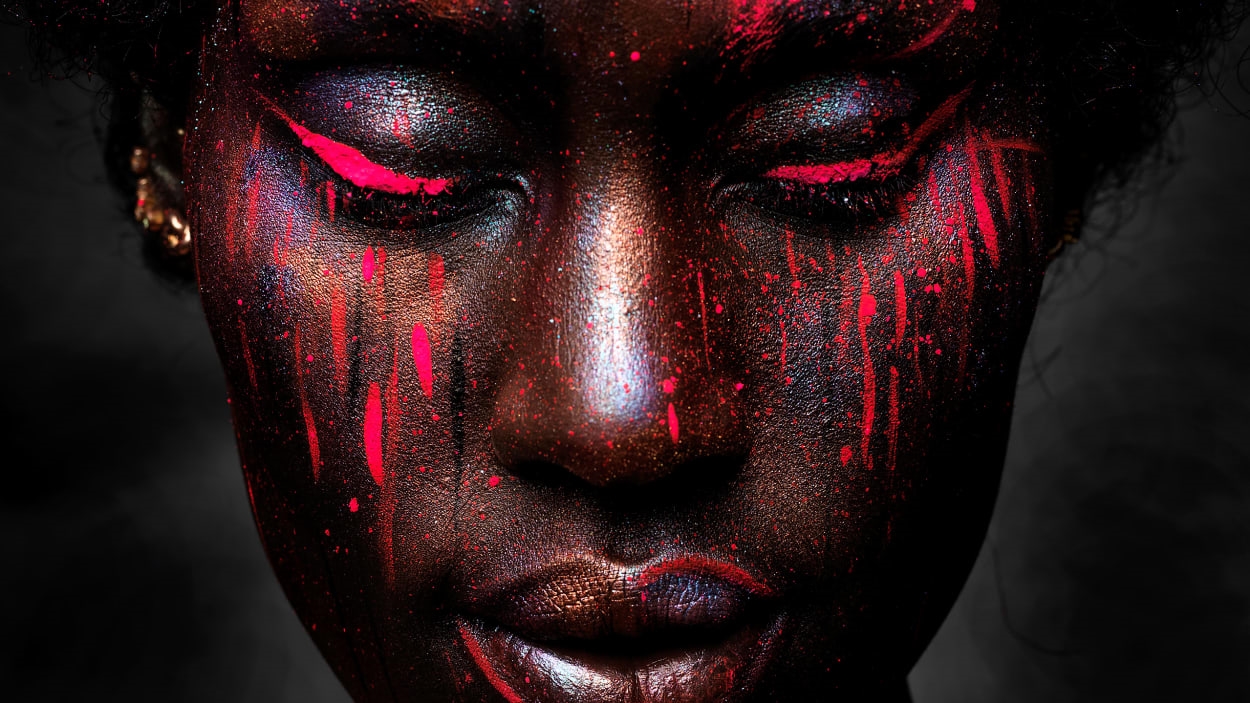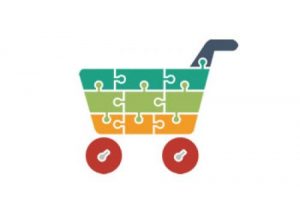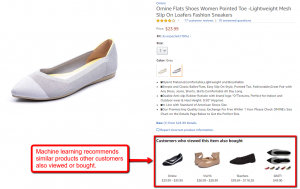A new “Future of Creativity” study from Adobe shows that gender and ethnicity disparities continue to persist in the creative economy when it comes to “non-professional” creatives. Just what is a non-professional creative? It’s someone who produces content but does not consider it their primary job.

Such content may include work in the creative writing, photography, or social media sphere, which is shared online. Non-professional creators don’t always choose to monetize their content, but an increasing number are, resulting in profitable hobbies and side hustles. Adobe found that 48% of non-professional creatives earn money from their endeavors.
But therein lies the issue: A non-professional creative is more likely to earn more money from their endeavors if they are white and male. When it comes to gender, male non-professional creators in the study earned an average of $55 per hour for their work. Women earned 20% less at $44 per hour.
When it comes to ethnicity, Adobe found that white men and women non-professional creatives earned an average of $62 per hour compared to BIPOC (Black, Indigenous & People of Color) non-professional creatives, who earned $49 per hour—a disparity equal to 21% less.
These gaps are significant considering the other metrics that Adobe uncovered in its study. The company found that 48% of all non-professional creatives say the money they earn from their content equals more than half their monthly income.
Furthermore, BIPOC non-professional creatives have bigger plans for their endeavors. Adobe found that 32% of Gen-Z BIPOC creators hope to turn their endeavors into a career – compared with only 25% of white creators. And 53% of Gen-Z BIPOC creators are aiming to own their own business, versus 42% of white creatives.
Adobe assembled its data by surveying around 9,000 online non-professional creators in May 2022 from the United States, Spain, France, Germany, the United Kingdom, Australia, Japan, South Korea, and Brazil. Some of those countries see more than the average of 48% of non-professional creatives who earn money from their endeavors. In Brazil, 59% do, while in the United States, it’s 53%, and in Germany, South Korea, and the United Kingdom, it’s 51%.
This story and headline have been updated to correct two errors in the draft report, which showed slightly larger percentages of disparities.
(14)





